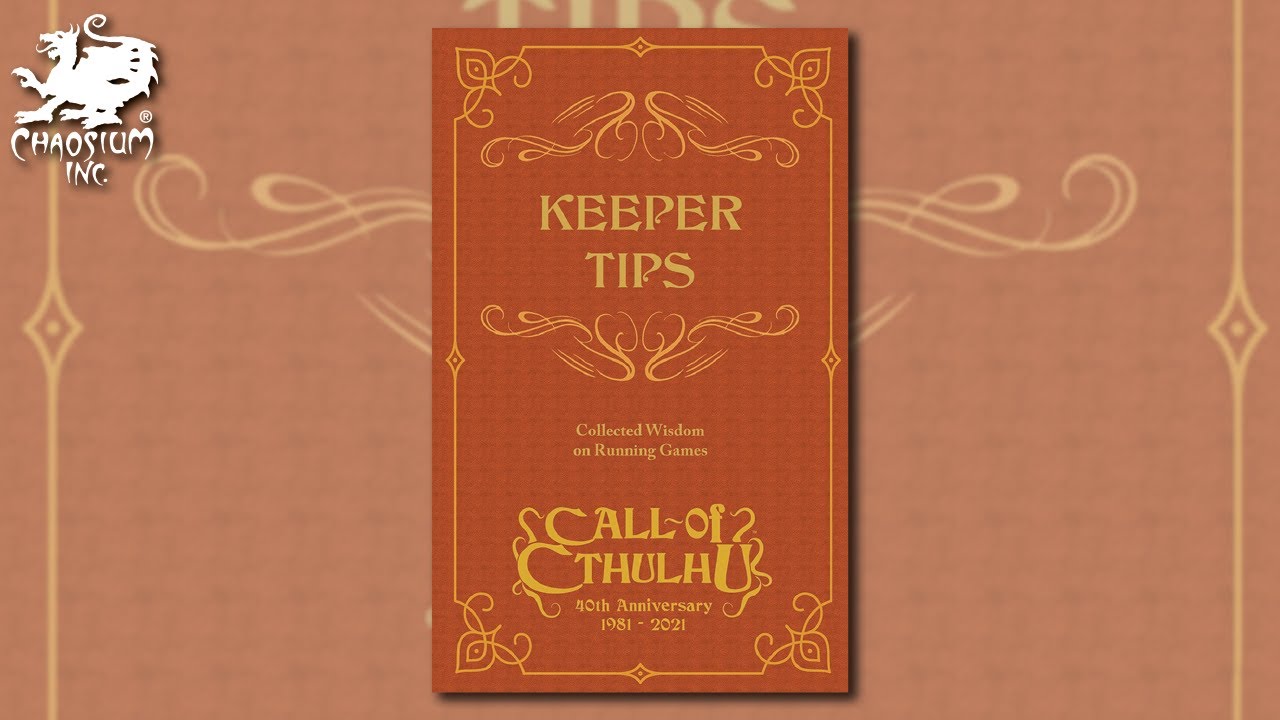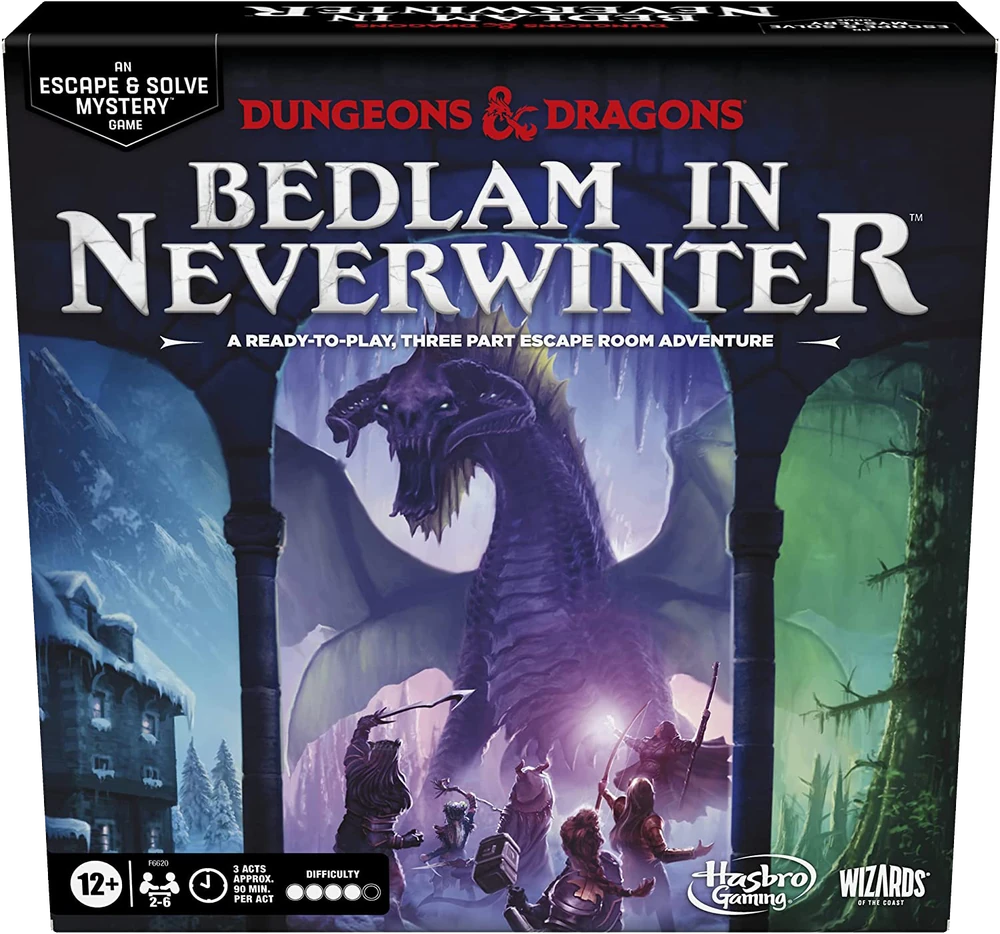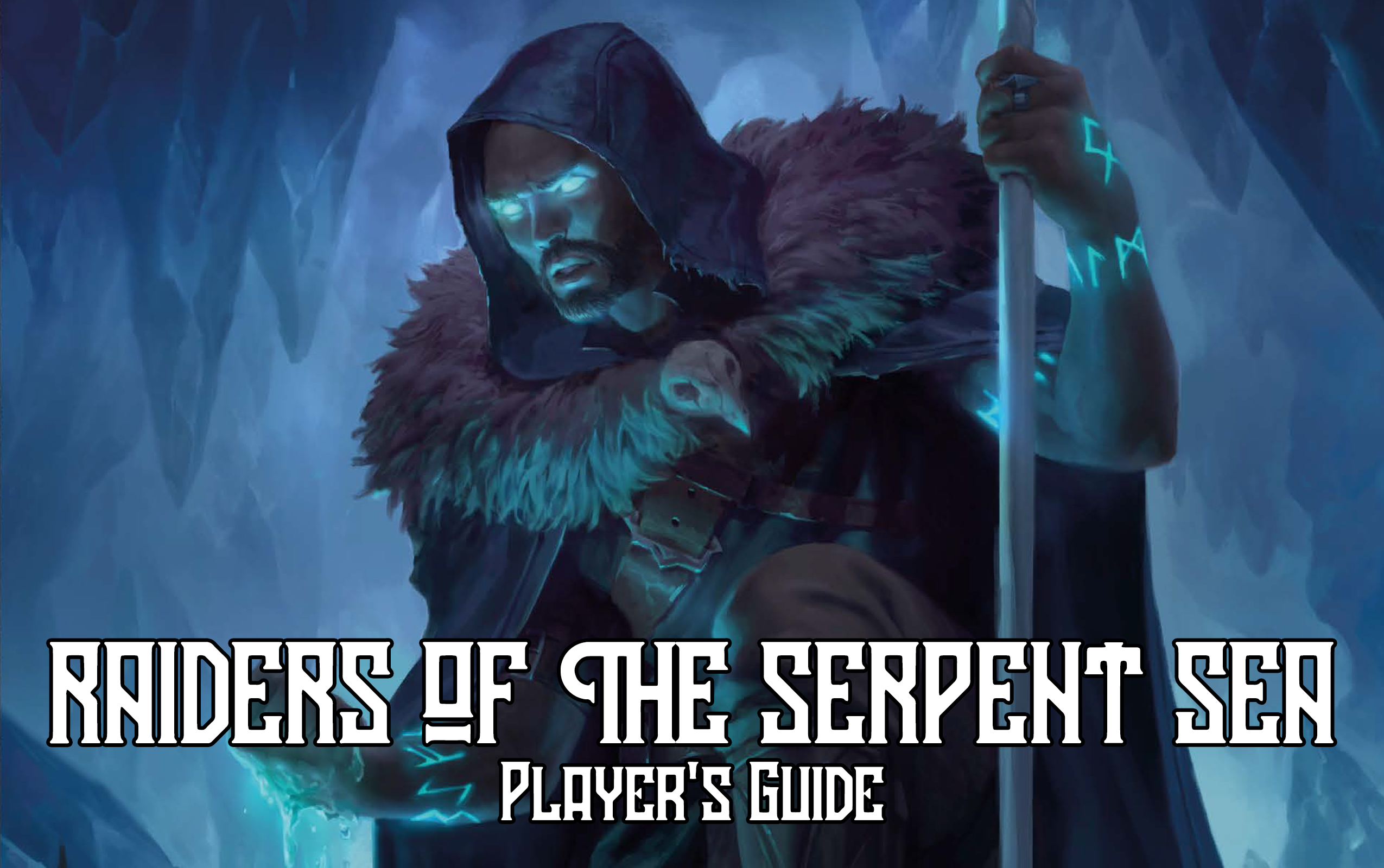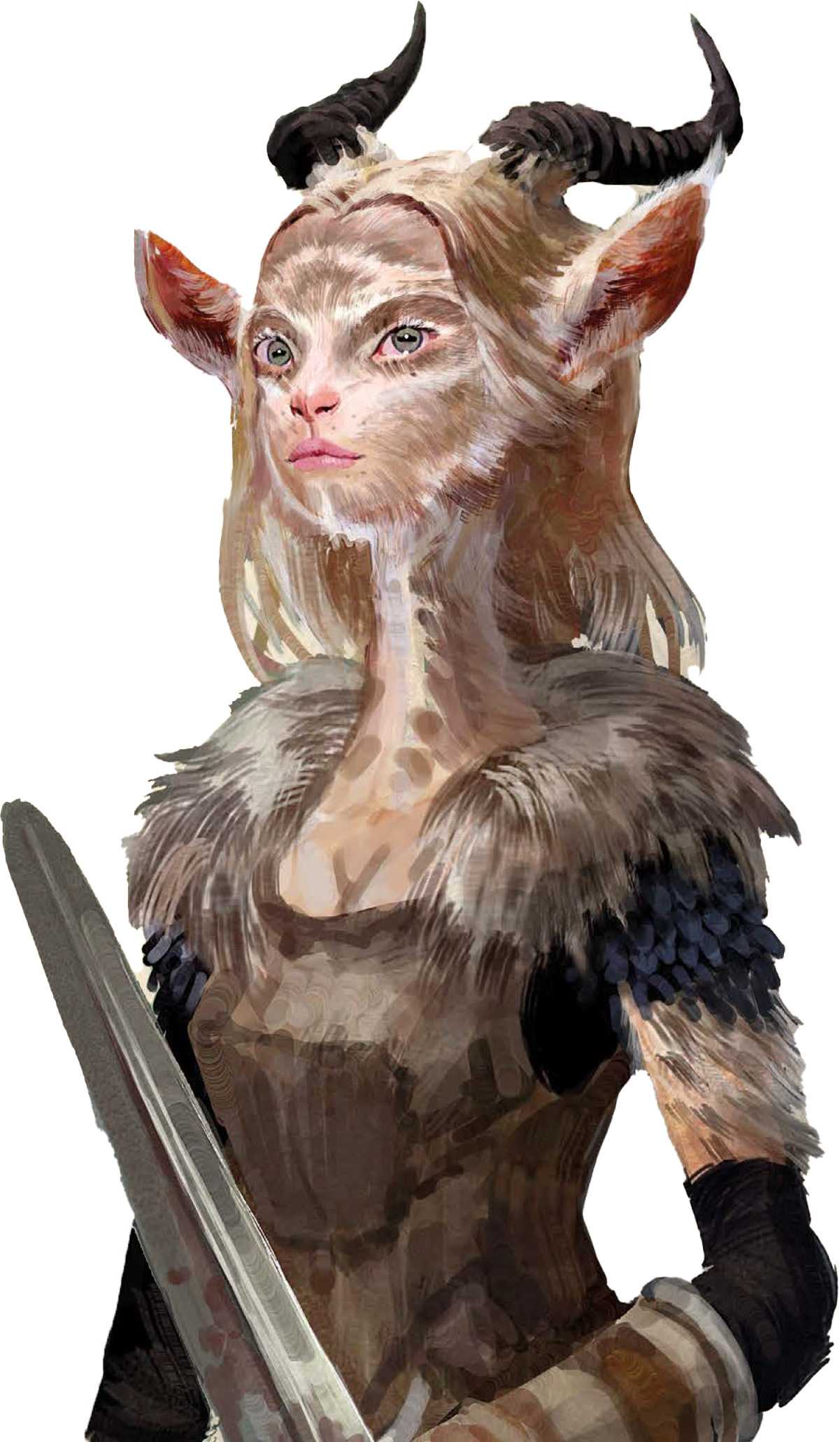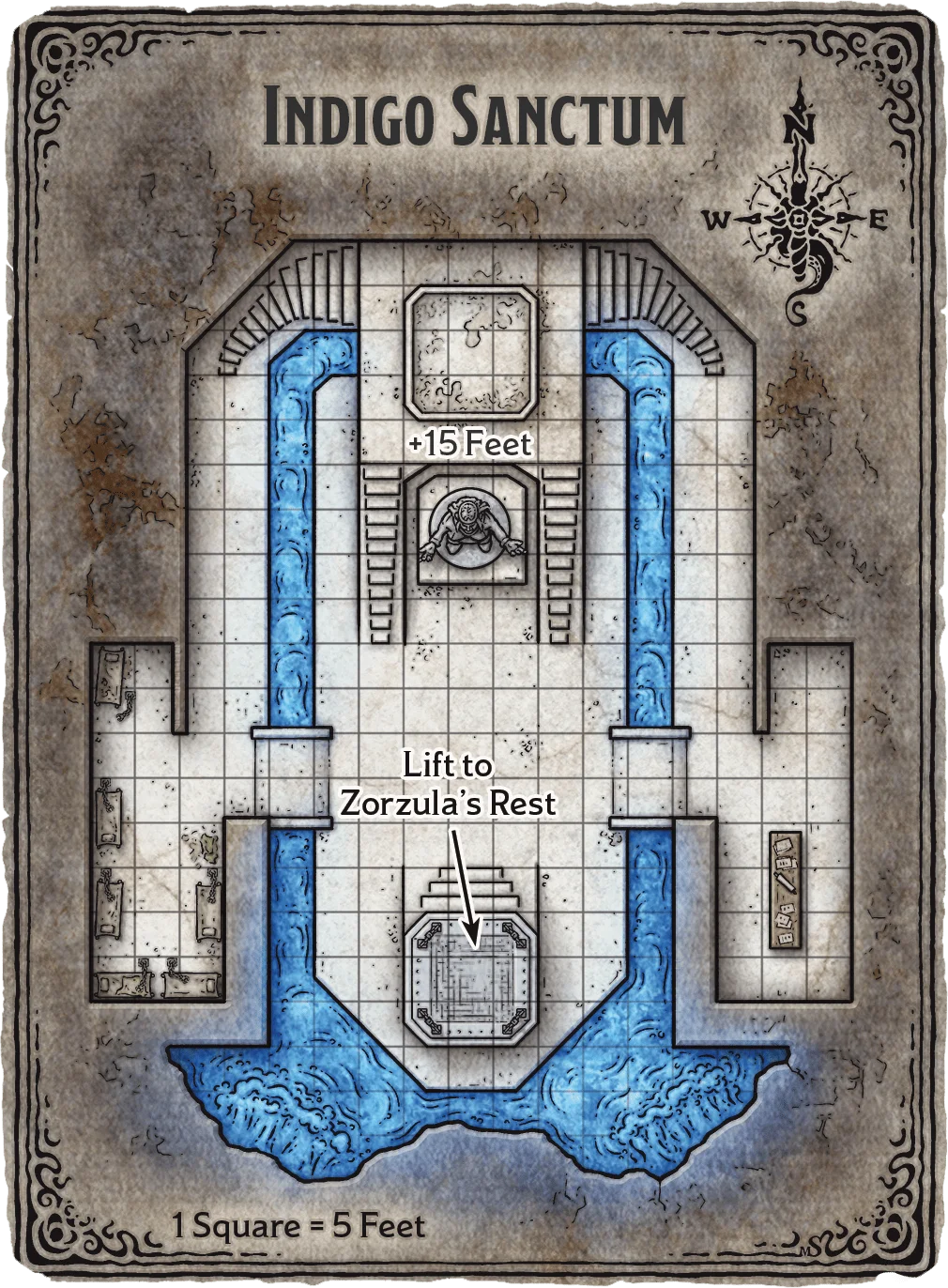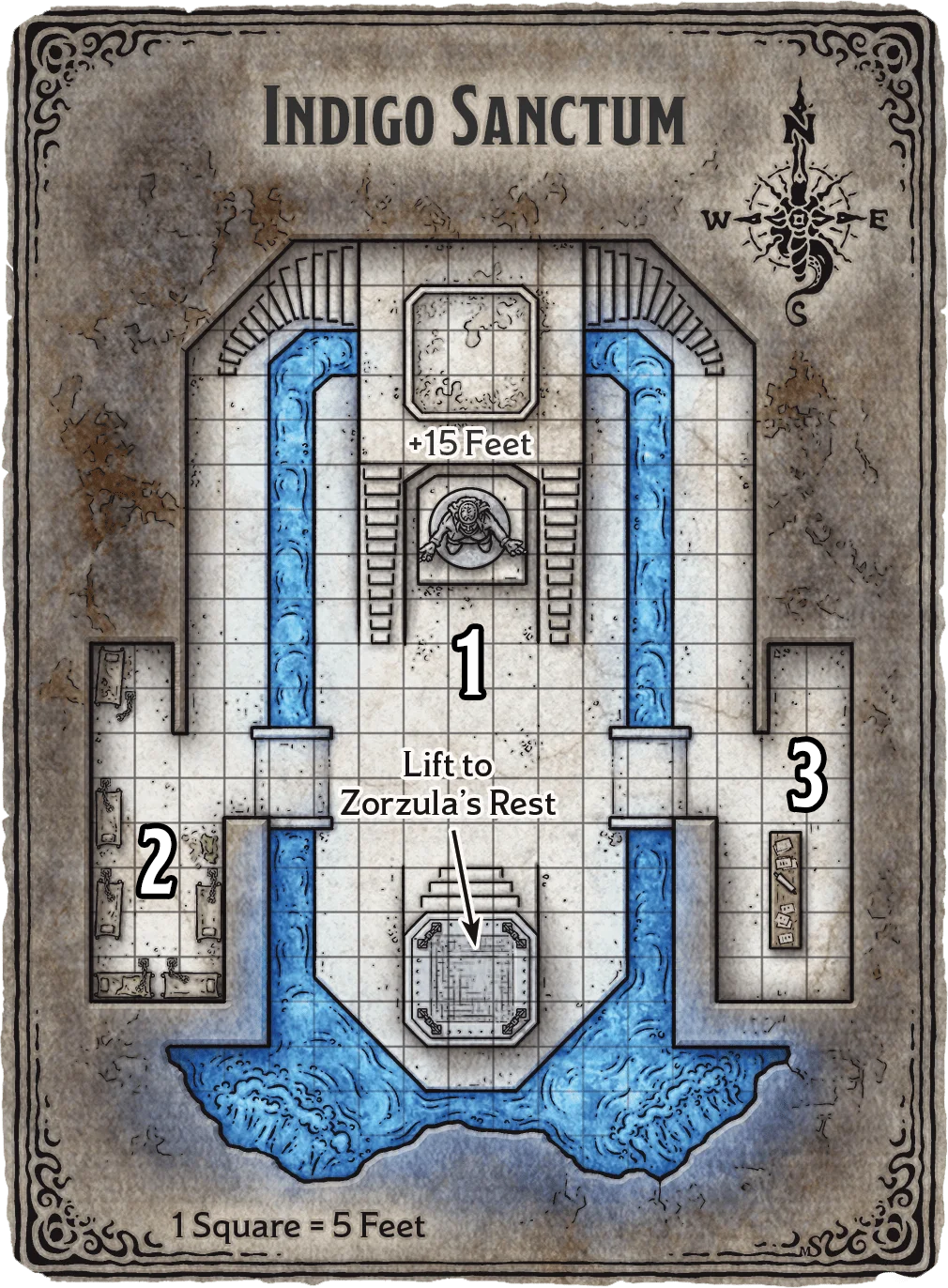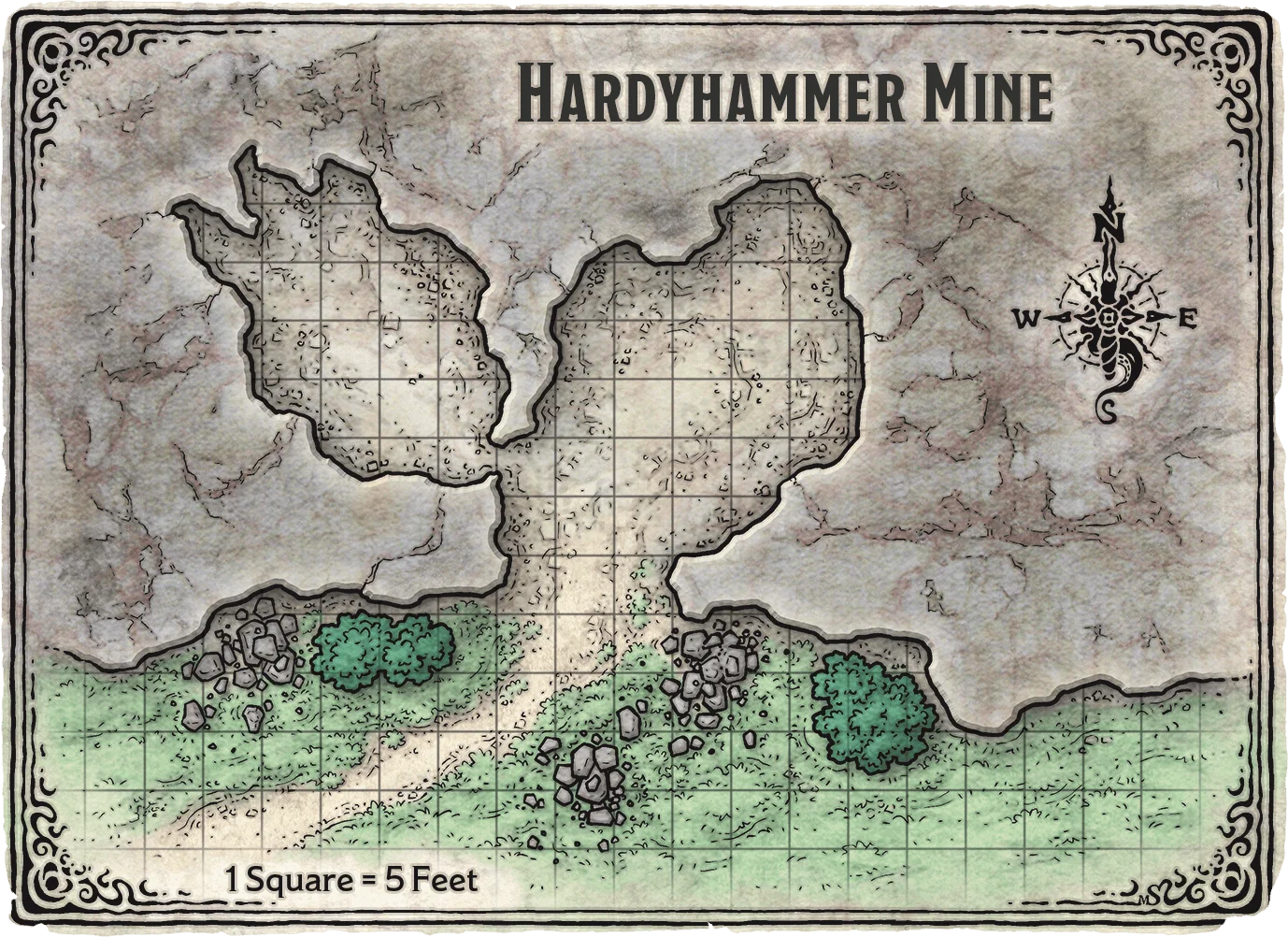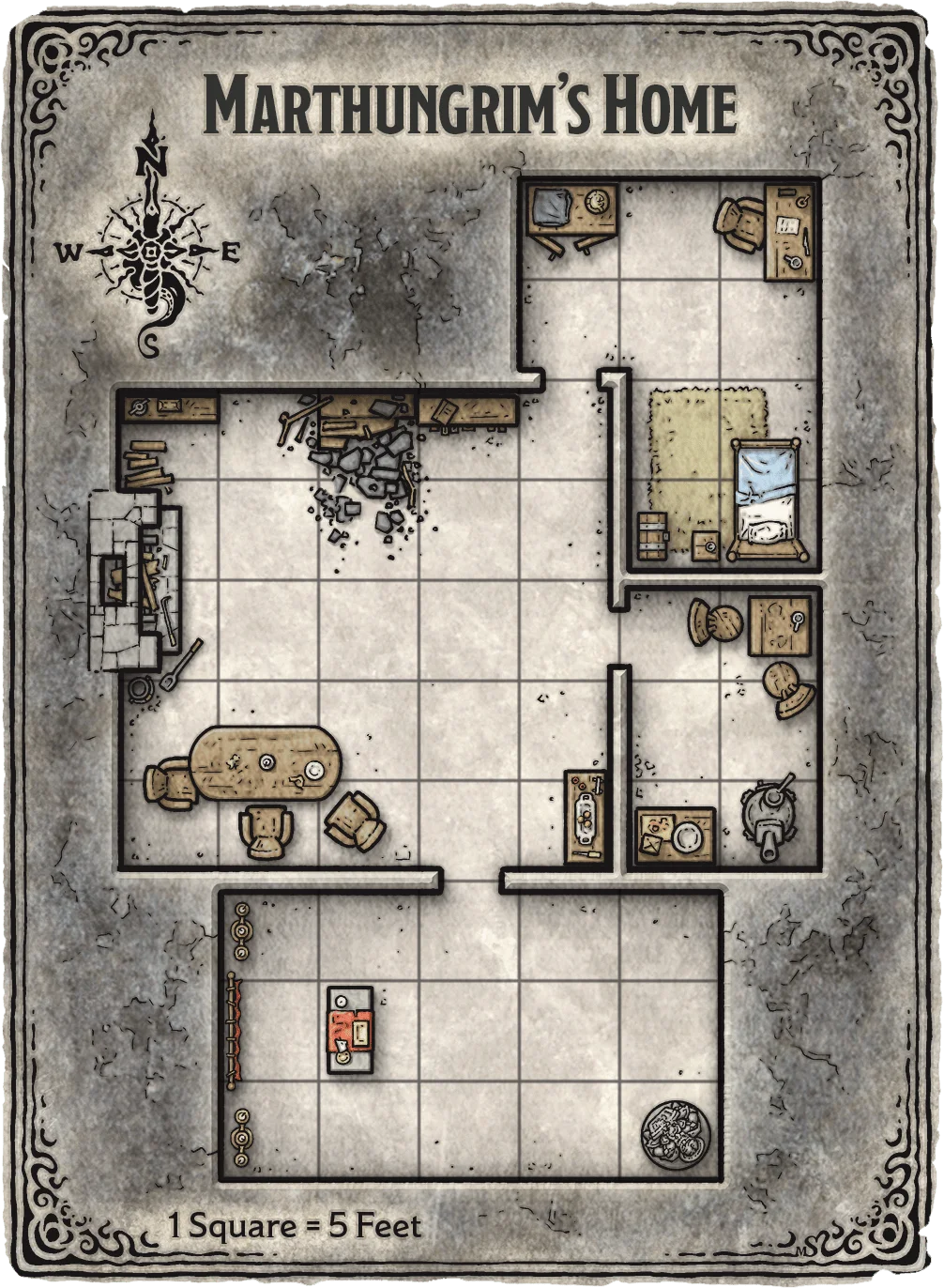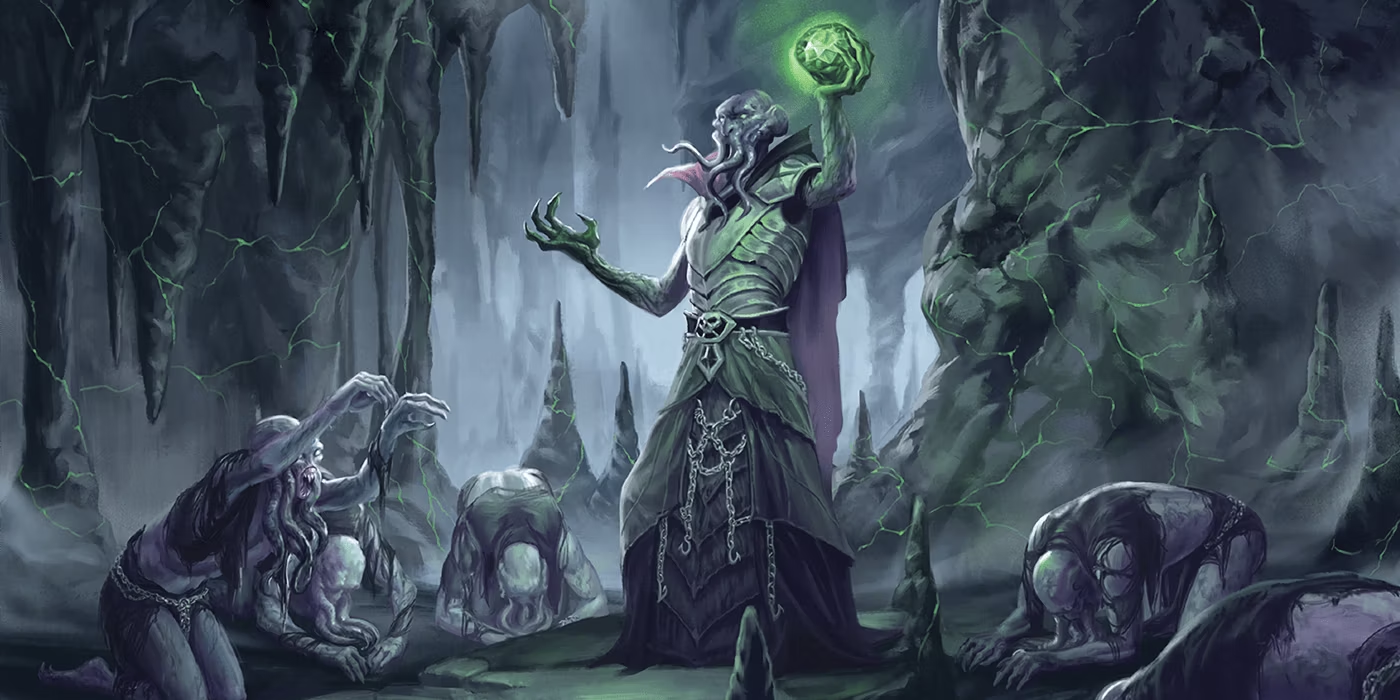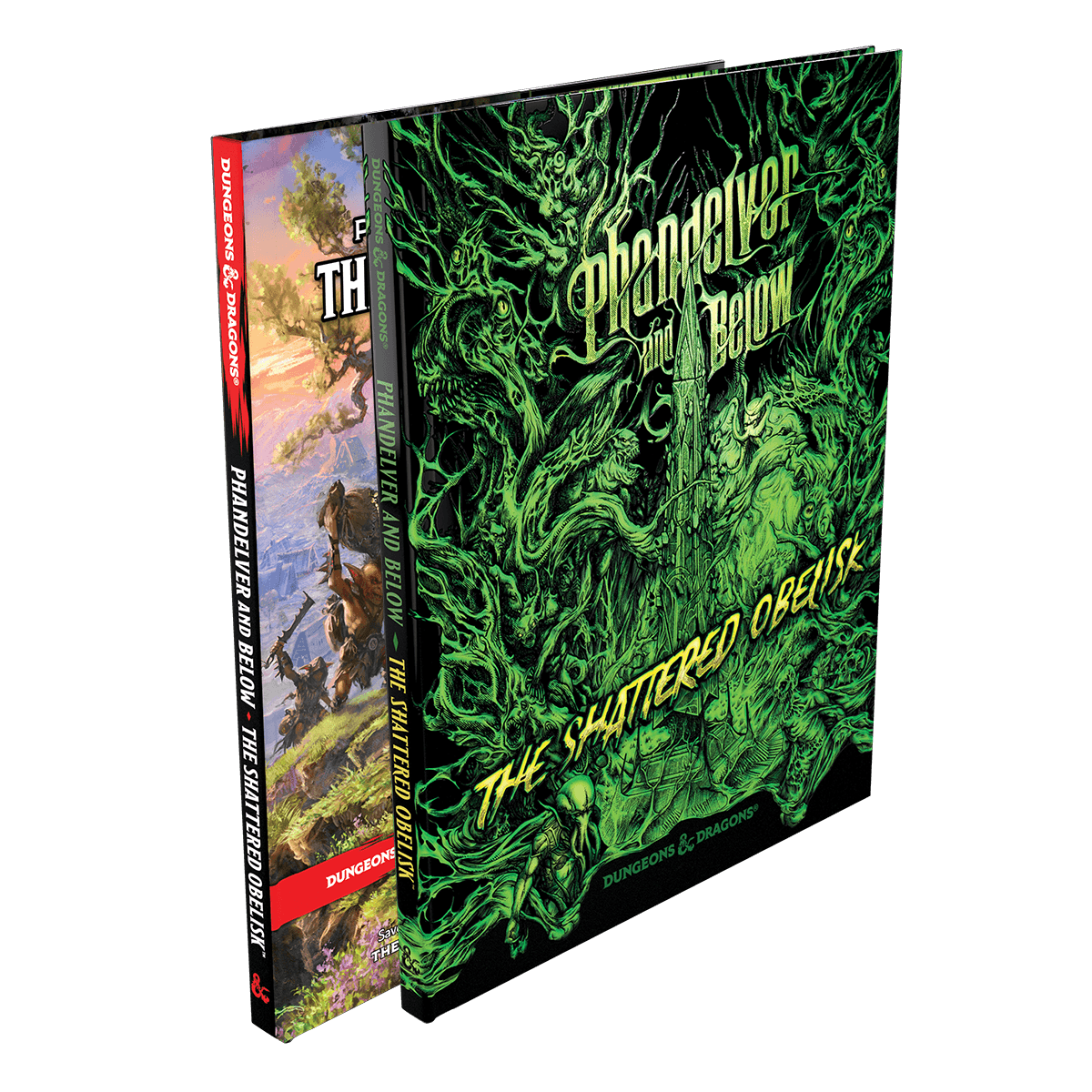Released by Chaosium in 2021 as part of the 40th Anniversary celebrations for Call of Cthulhu, Keeper Tips: Collected Wisdom on Running Games is a pocket-sized hardcover filled with exactly what the title promises — a motley collection of small tips and random thoughts, each generally no longer than a paragraph, about running Call of Cthulhu games and RPGs in general.
(A “Keeper,” for those out of the loop, is what a game master is referred to as in Call of Cthulhu.)
It’s a handsome volume, with a faux-leather cover and gilt print accompanied by a burgundy bookmark ribbon. Very much the sort of thing you can drop into a pocket and draw out from time to ruminate upon its contents, which are roughly divided into a number of categories:
- Ground Rules
- Inclusivity
- Preparation
- Players
- Sensitivity
- Designing Scenarios
- Gameplay
- Keepering
- Horror
- Sanity
- The Cthulhu Mythos
- Non-Player Characters
- Monsters
- Online Play
- Props & Handouts
- Miscellaneous
The tips themselves are drawn from almost two dozen Keepers associated with Call of Cthulhu from its very beginning to its most recent days. As editor Mike Mason writes, “Some of the tips are contradictory. Some repeat or reinforce advice. Imagine, if you will, that you are sat with a group of experienced Keepers, each sharing and building upon the ideas of the others. Take from this what you will.”
As you read through Keeper Tips, you will undoubtedly encounter much that is familiar, much that you agree with, and also much that you will disagree with. You may even read certain passages that will raise your hackles. But as I’ve slowly worked my way through the book, it has never failed to provoke a thoughtful insight.
I say “slowly,” and indeed this is how I would recommend one experience Keeper Tips. It’s a collection that invites you to read perhaps one or two pages at a time and then set it aside while you think about what you’ve read. Was there some new insight? How will you use it? Was there a unique twist or perspective on something you’ve done yourself? Is there something you vehemently disagree with? Why do you think it wrong and what would you do differently? Is this tip useful for tables with new players, experienced players, or both? And why?
Then, perhaps later in the day or the next day or a week later, you’ll pick the book up again and choose another page to meditate upon. Perhaps the next page. Or perhaps one that you flip to randomly.
To gives you a sampling of what you can expect to find inside, consider these tips:
Counsel your players to create characters that are involved in the story, rather than be passive observers. Example: an expedition to the Antarctic will be an active game for scientists and explorers, not so much for the pilot and radio operator.
Undermine the pillars of the PCs’ confidence. Are they members of an anti-Mythos organization? Drop hints that it has been infiltrated. Do they have academic allies? Strike those mentors with public disgrace. Do they have family? Keep the PCs afraid for them — or of them. Do they have high social statue or loads of income? Chip away at that through media gossip, the Company Board turning on them, threats of unemployment, a hostile company takeover, or a stock market slide.
When making NPCs, assign each of them an adjective (greedy, suspicious, trusting, etc.). This makes them easier to portray in a memorable and fun way for the players.
Pre-made NPCs can be useful as instant replacement investigators.
For an extended game, ask about an investigator’s history, and then say, “What was your first experience with the Mythos?” and let them make it up. The reason is to get past the boring, “No, no, this isn’t real,” part of the scenario. They ‘know’ it’s real.
Never be afraid to rewrite a scenario’s plot hook to better fit your party’s occupations or backstories. All the details in published adventures should be considered more as suggestions rather than as strict guidelines.
If you’d like to see more of the book “in action,” so to speak, I’ve actually featured it a few times on my Twitch streams, using it very much as I describe above as a spur for commentary and deeper thought. (You can see one of these streams here.)
Along similar lines, I think it could be quite rewarding to organize a GM’s book club, gathering fellow masters of the game and using Keeper Tips as a prompt text for any number of wide-ranging discussions.
Ultimately, whether for your own private circumspection or as the nucleus for shared discussion, I can strongly recommend slipping a copy of Keeper Tips into your own pocket.
Grade: B+
Editor: Mike Mason
Contributors: Daniel Aniolowski, Sean Branney, Allan Carey, Keris McDonald, Jason Durall, Paul Fricker, Bob Geis, Lynne Hardy, Bridgett Jeffries, Jo Kreil, David Larkins, Mike Mason, Mark Morrison, Thom Raley, Matthew Sanderson, Becca Scott, Seth Skorkowsky
Publisher: Chaosium
Price: $17.95
Page Count: 128

